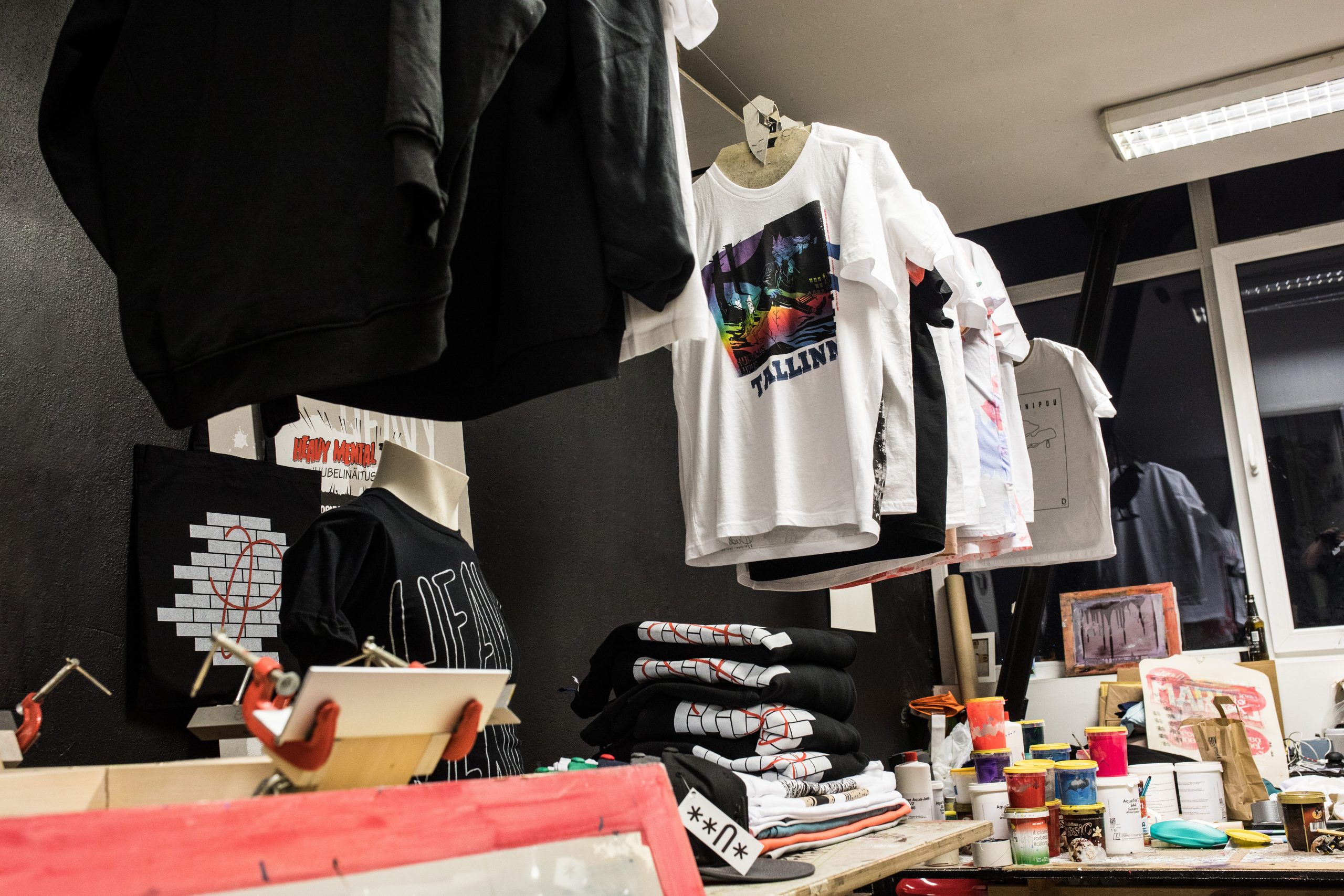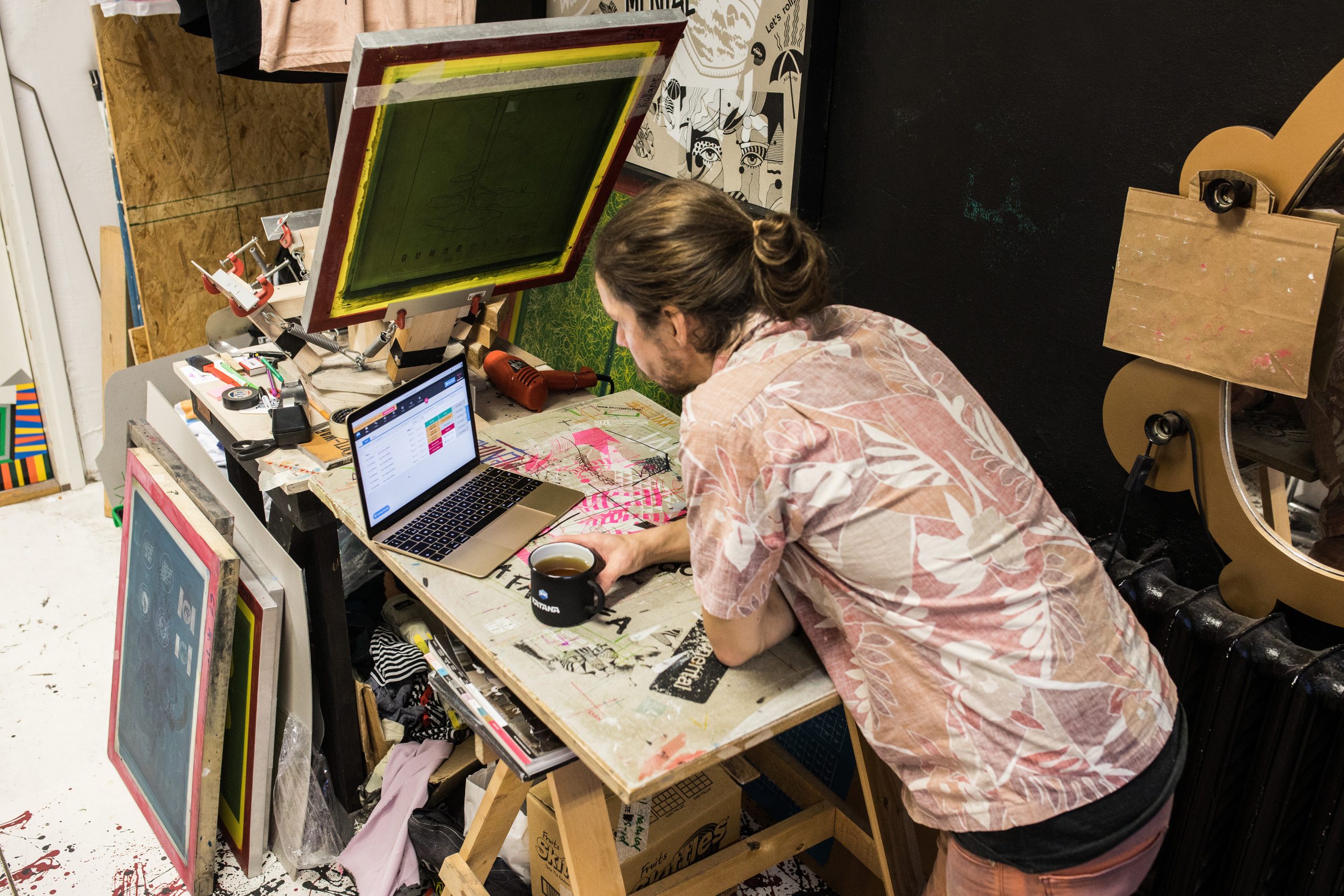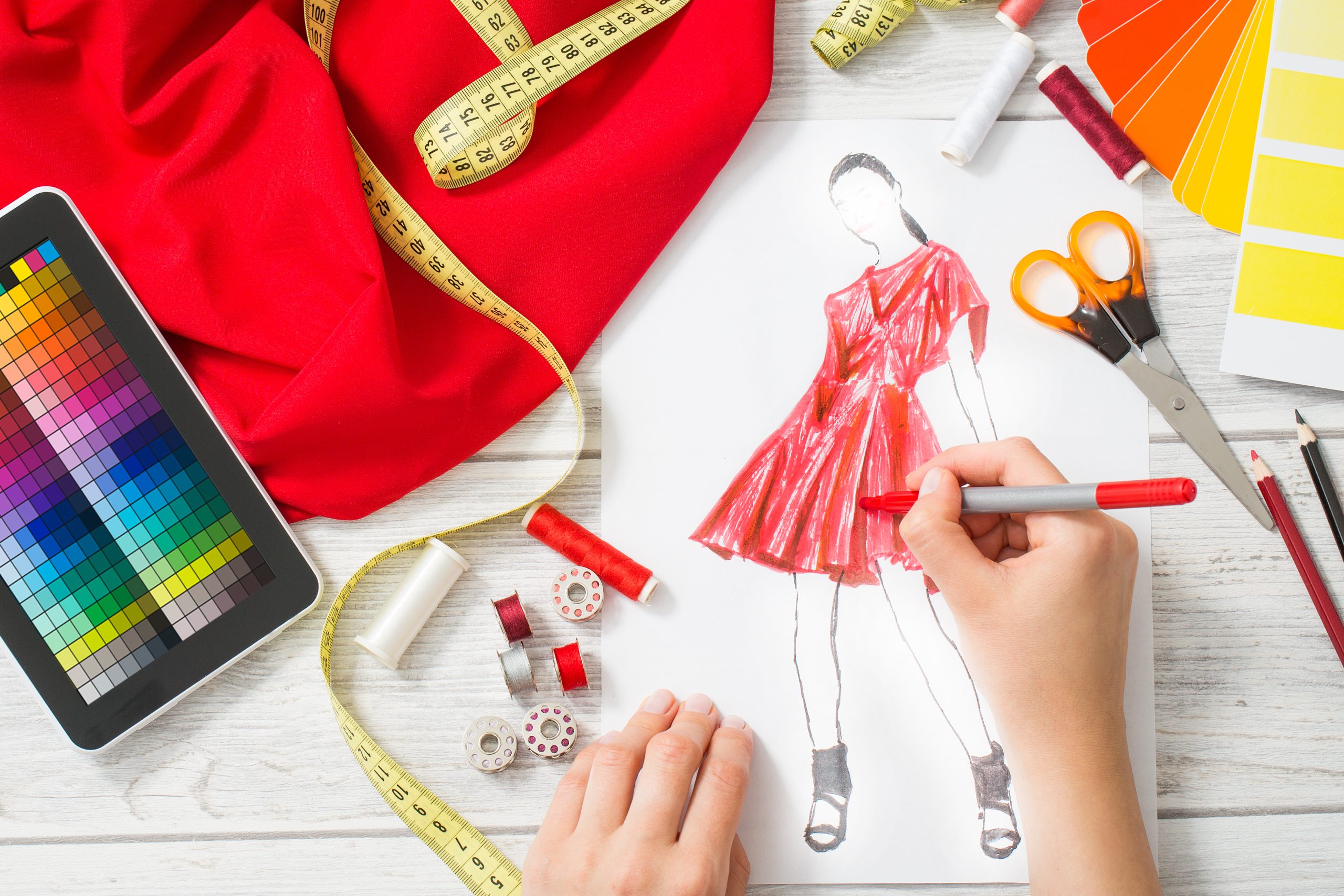The fashion production process: Stitching together everything you need to know

Ioana Neamt

Let’s talk clothes.
The things you need to wear in order to avoid social shunning.
Yet, their significance extends far beyond mere physical necessity. Clothes serve as more than just coverings for our bodies. They can be part of our identity and show who we are, our culture, and sometimes even our social status or beliefs. They can sometimes influence our mood, boost our confidence, and shape our interactions with others.
Beyond the finished products that hold so much power over our everyday lives, there’s a ton of thought and hard work. From sketch to stitch, every step in creating those fabulous outfits is a journey packed with creativity, precision, and a whole lot of passion. And the people and companies handling the transformation of design concepts into tangible, wearable clothing items understand this intricate process like nobody else.
This is where fashion production comes into play. One thing to know from the start — beyond the glam, it’s all more complex than it seems.

What is fashion production?
At its core, fashion production is about creating new fashion items, from concept to reaching your closet.
It all starts with design and development, but it extends to manufacturing, packaging, and distribution. The entire process encompasses a series of operations, starting from the initial design phase to the creation of the final product. Each step is meticulously orchestrated to produce garments and requires professionals in their field.
Fashion companies must grasp the intricacies of this multifaceted process. It enables them to operate efficiently, communicate seamlessly with production teams, and uphold the integrity of their creative vision in every stitch and every seam.

Steps in the fashion production process
Since creating garments blends vision, creativity, and practicality, each stage of the fashion production process heavily relies on specific skills and expertise. Here are the simplified steps of the fashion production process, from design to market:
- Design — Creating clothes begins with a vision and a sketch. The main focus is appearance and function, or rather, how the item looks and works. The designer draws concepts and sketches different versions until they’re happy with the final result.
- Calculating costs — Early on, it’s important to figure out how much the item will cost to make and sell. This cost includes fabrics, production, shipping, and other expenses. Once the total cost is calculated, simple math will dictate how much it will sell for in order to make sure there’s a profit.
- Fabric sourcing — Quality is what ultimately sets you apart in the fashion world. So choosing good-quality materials from reliable suppliers is crucial. Also vital is seeing and feeling the fabrics in person to make sure they’re right for the design.
- Fabrication and patterns — This stage involves turning the initial designs into patterns for making clothes. Detailed measurements for different sizes must be included.
- Production — Now it’s time to make the actual clothes using patterns, cutters, and skilled sewers who understand the guidelines provided.
- Quality control — After the garments are finished, make sure each piece meets the brand’s standards. This includes checking for measurement discrepancies, superficial tears, and other potential flaws in the fabric or cut of the garment. These final checks must be done to make sure everything is perfect before the products go out.
- Packaging and shipping — Tightly tied with the previous stage, this stage involves packing the approved items that are up to standard and sending them out to stores or directly to customers
- Distribution — Finally, the products are distributed nationally or internationally. This step heavily relies on inventory management, which allows fashion production companies to organize current stock for stores to display.

Tips to improve your fashion production process
Fashion waits for no one, so you need to be ready, and you need to keep up.
Luckily, not only can your fashion production get easier, but it can also be enhanced by staying true to a handful of best practices. In fact, certain key practices can result in a smoother overall process for garment design and manufacturing. So, here are the 7 tips every successful citizen of the fashion world should know:
- Trust the experts — First things first, you are as good as the people you work with. So rely on professionals.
- Quality first — Quality control is vital to maintaining the standard of your brand. Implement quality control to meet specifications, and always value quality over cost. It will pay off in the long run.
- Communication keeps you on top — Being open to feedback from suppliers and retailers gives you an unbeatable advantage.
- Stay updated — Keeping up to date is a no-brainer in fashion. You must make sure to track trends and market demands for relevant designs.
- Pick the right manufacturer — Manufacturing partnerships need to be a match made in haute couture heaven. Do a lot of due diligence to make sure you partner up with manufacturers who can meet your requirements, accommodate your ideas, and, ideally, understand your creative vision.
- Create a tech pack — Think of a tech pack as your product’s blueprint, meaning a detailed document that guides the entire creation process. For starters, it specifies the material, weight, and colors, and includes a lot of photos in order to ensure precise execution and streamline production.
- Sample, sample, sample — Think of this as a quality check before mass production. Sampling helps assess garment quality, identifies potential issues early on, and saves time and resources.
Fashion production management with Katana
The benefits of using fashion ERP software cannot go unmentioned. Especially if you choose to go with Katana’s apparel inventory software. With real-time stock tracking, seamless warehouse management, and customizable sales integrations, we offer the ultimate software solution tailor-made for the quick-paced fashion world.
Offering an array of features focused on enhancing visibility, efficiency, and inventory oversight, Katana can aid apparel businesses of any scale in adapting to market dynamics. What makes Katana the perfect fit for your apparel business? It’s simple — Katana understands both your creative and business visions.
Get a demo now to see how it works!
Fashion production process FAQs
What are some of the benefits of using fashion production management software, such as Katana?
Think of production management software as the Holy Grail of fashion production.
Reliable production management software helps with project planning and production progress, monitoring changes in inventory and deadlines, reducing lead times for faster delivery, and budget tracking.
Such software provides an overall better overview of projects and milestones. It comes with real-time data, detailed dashboards and diagrams, worker tracking, visibility into product history, and workflow. Ultimately, using cutting-edge production management software like Katana in your clothing company helps save money, and improves operations.
What must a tech pack contain?
Creating a tech pack is essential for the manufacturers to understand your vision for the finished product. Keep in mind that a well-constructed tech pack can streamline your fashion production process. In short, it must include:
- Sketches or photos to showcase design ideas
- A list of fabrics and materials needed, including whether they should be sustainable or niche
- Your Pantone code list with the exact color codes for accuracy
- Detailed seam-to-seam measurements
- Minimum order quantities
- Label or tag designs and placements to reflect your brand identity

Ioana Neamt
Table of contents
Get inventory trends, news, and tips every month
Get visibility over your sales and stock
Wave goodbye to uncertainty with Katana Cloud Inventory — AI-powered for total inventory control